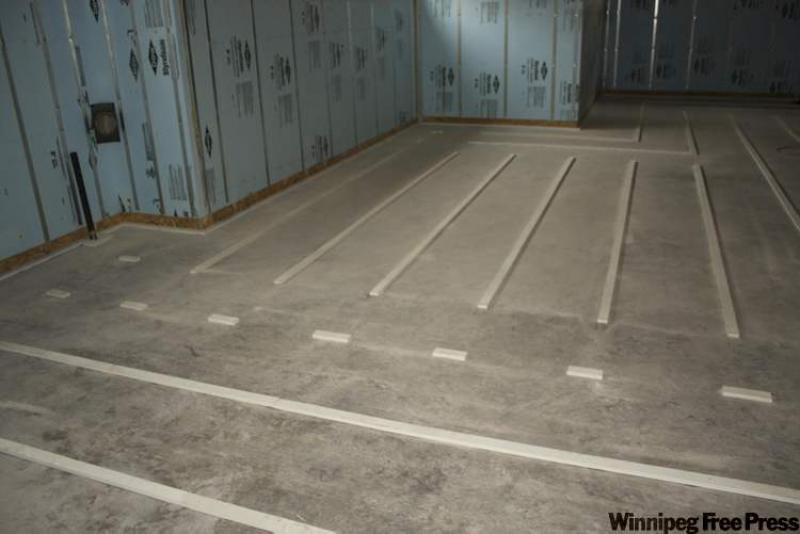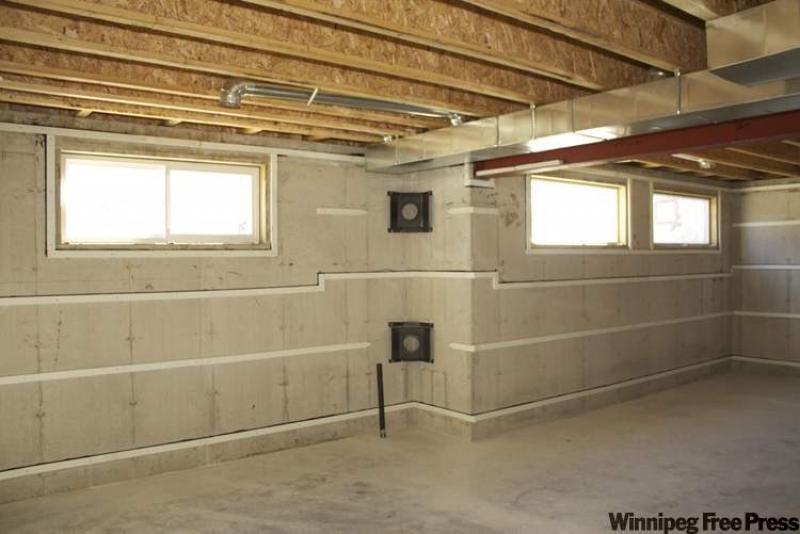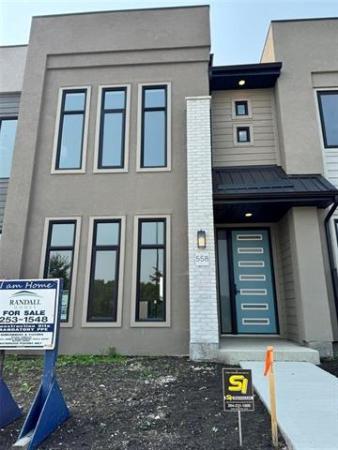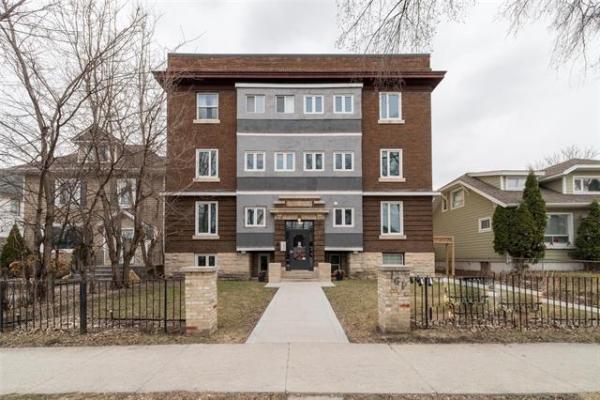
Whether you're living in an older or new home, the two dwellings are similar in two senses.
First, no matter whether a home is new or old, its basement walls and floor can be hosts to mould. Second, as more than a few homeowners have found out, that mould can become a health hazard if left to grow unchecked behind walls and under flooring.
That said, there is a way - actually several ways -- to deal with it, said North Air Tech's John Fernandes: a trio of Seco Air systems that work to prevent the growth of the nasty, moisture-produced substance.
"We have three systems that are available," he said. "The first is a Seco Air wall system. Basically, plastic strapping is attached to your basement's concrete walls. The strapping isn't affected by moisture. Next, (foam) insulated panels and metal strips are applied. Once that's done, the home is ready for drywall."
The key here is the environment that's been created behind the drywall and insulation. Instead of being flush (the traditional method), the plastic strapping creates a passageway through which air can flow. That's where the air-handler unit comes in, said Fernandes.
"It circulates air behind the insulation panels while its dehumidifier component removes excess moisture," he explained. "The result is a drier, healthier and more comfortable basement with better air flow and improved air quality. Harmful mould inside walls is prevented before it starts. There's no chance for it to start growing in the basement and work its way up the walls to the home's upper levels."
Now, Seco Air has developed a floor system that works in a similar way to prevent mould, Fernandes said.
"With this system, plastic sleepers are attached to the concrete floor -- again, they're not affected by moisture. Once they're down, regular five-and-one-eighth (tongue-and-groove) plywood sheets are applied over the plastic sleepers. Once they're in place, your floor can be finished in the traditional way with carpet, tile or hardwood -- whatever you prefer."
Once again, an air-handler unit -- in this case, a subfloor ventilator -- forces air through the passageways created by the sleepers.
"It creates air flow through the passages outside or back into the basement through a filter, depending on the proper relative humidity. It not only dehumidifies the air to prevent mould, but also helps prevent the buildup of (deadly) radon gas. That's a great added benefit of the system."
Finally a third system, the Sub-Slab Evacuator, can be installed in basements of new homes before the concrete floor is poured.
"A perforated hose is placed flush with the top of the gravel. You then put poly on top, then pour the concrete," Fernandes said. "Installing that system has two benefits: It removes moisture from the gravel and also takes radon gas out right at the source. It's a great system because it gets right at the root of two health hazards -- mould and radon."
Seco Air even has another system specifically for crawl spaces. In this case, the system is placed on the floor above the crawl space. A pair of six-inch duct pipes are positioned to circulate air within the crawl space. Then the air-handler unit monitors and controls the relative humidity in the crawl space, removing excess moisture to the home's sewer.
For optimum protection against moisture buildup, each system comes on three times daily for about 10 minutes. Custom home builder Willy Friesen (Marlton Homes) said the units work as advertised.
"I've put the wall system in the last five or six homes I've done. Once I explain its merits to customers, they want to put it in and have been impressed with how it works. They've never had any problems with moisture and mould with the wall system," he said. "Not only that, but the insulated panels are far superior to fibreglass, too."
As for cost, Fernandes said installation in the basement of a 1,200-square-foot home runs about $8,800. However, there's a catch -- in this case, a good one.
"The bigger the home, the cheaper the system becomes because it always uses the same air-handler unit -- installation cost won't double," he said. "I've installed the wall system in over 40 homes and every customer has been very happy. The new systems are just as good, and as affordable. They're all a good investment because they'll keep you healthier and your home that much more comfortable."
lewys@mts.net




